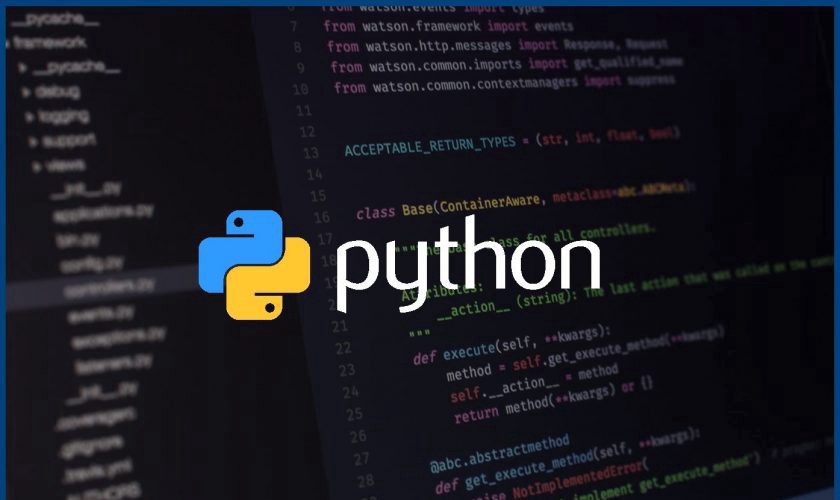Python Basics: A Beginner's Guide to Programming - tpointtech/Python GitHub Wiki
Python Introduction
Python, known for its simplicity and versatility, has emerged as one of the most popular programming languages in the world. With its clear syntax and extensive libraries, Python is an ideal choice for beginners looking to dive into the world of programming. In this article, we'll explore the fundamentals of Python programming, providing a comprehensive guide for newcomers to the language.

What is Python?
Python is a high-level, interpreted programming language that was created by Guido van Rossum and first released in 1991. It emphasizes readability and simplicity, making it accessible to beginners while still powerful enough to handle complex tasks. Python is widely used across various industries, including web development, data science, artificial intelligence, and more.
Getting Started with Python
To start programming in Python, you'll need to install the Python interpreter on your computer. Python is available for all major operating systems, including Windows, macOS, and Linux. Once installed, you can run Python code through an interactive interpreter or by writing scripts in a text editor and executing them from the command line.
Basic Syntax and Data Types
Python syntax is straightforward and easy to understand, making it an ideal language for beginners. Here are some essential concepts to grasp:
Variables: In Python, variables are used to store data values. Variables can hold various types of data, including integers, floating-point numbers, strings, lists, dictionaries, and more. Data Types: Python supports several built-in data types, including int, float, str, list, tuple, dict, and bool. Understanding these data types is crucial for manipulating data in Python programs. Comments: Comments are annotations in Python code that are ignored by the interpreter. They are useful for documenting code and providing context to other developers. Indentation: Unlike many other programming languages, Python uses indentation to define blocks of code. Proper indentation is essential for writing clean and readable Python code.
Control Flow Statements
Control flow statements allow you to control the flow of execution in your Python programs. These include:
Conditional Statements: Conditional statements, such as if, elif, and else, allow you to execute different blocks of code based on certain conditions. Loops: Loops, including for and while loops, enable you to execute a block of code repeatedly. They are useful for iterating over sequences, such as lists or dictionaries.
Functions and Modules
Functions are reusable blocks of code that perform specific tasks. You can define your functions in Python using the def keyword. Additionally, Python provides a vast ecosystem of modules and libraries that extend its functionality. You can import modules into your Python scripts using the import statement, allowing you to leverage pre-written code for various purposes.
Example: Hello, World! Program
Let's write a simple "Hello, World!" program in Python to illustrate some of the concepts we've covered:
# Print "Hello, World!" to the console
print("Hello, World!")
In this example, we use the print() function to display the string "Hello, World!" on the console. The print() function is a built-in Python function that outputs text to the standard output device.
Conclusion
Python is an excellent language for beginners to learn due to its simplicity, readability, and extensive community support. In this article, we've covered the basics of Python programming, including syntax, data types, control flow statements, functions, and modules. Armed with this knowledge, you're well-equipped to start writing your Python programs and exploring the vast possibilities that Python offers.
Whether you're interested in web development, data science, or automation, Python has something to offer for everyone. So, fire up your favorite text editor, and start coding with Python today!